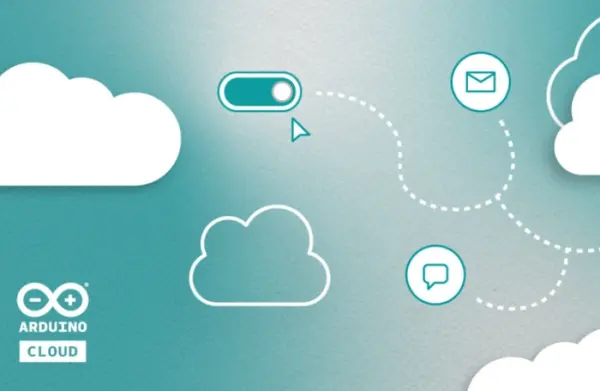If you are building Internet of Things (IoT) projects, the ability to receive real-time alerts is a game-changer. Arduino, a prominent player in the IoT space, has introduced a new feature to its cloud platform that allows users to set up triggers and notifications. This feature is designed to enhance the efficiency of IoT projects by providing immediate alerts based on specific conditions.
Triggers and notifications are two key components of Arduino’s latest feature. A trigger is a condition that, when met, initiates an action. For instance, if a temperature sensor in an IoT project detects a temperature above a certain threshold, it could trigger an alert.

Notifications, on the other hand, are the alerts or messages that are sent out when a trigger condition is met. These could be in the form of an email, a text message, or a push notification on a mobile device.
Arduino real-time alerts
To set up triggers and notifications in Arduino Cloud, you need to follow a few simple steps.
- Access the Arduino Cloud dashboard: Log into your Arduino account and navigate to the Arduino Cloud dashboard.
- Select your IoT device: From the list of your IoT devices, select the one for which you want to set up a trigger and notification.
- Create a new trigger: Click on the ‘New Trigger’ button and define the condition that will initiate the trigger. This could be a specific value or a range of values that a sensor on your IoT device should detect.
- Set up a notification: Once the trigger is defined, you can set up a notification. This involves specifying the type of alert (email, text, or push notification) and the recipient of the alert.
Real-time alerts in IoT projects are crucial for several reasons. They allow for immediate action in response to changes detected by IoT devices. For instance, if a temperature sensor in a greenhouse detects a temperature drop below a certain level, a real-time alert could trigger the heating system to turn on, thereby preventing damage to the plants.
Moreover, real-time alerts can also be used for monitoring purposes. For example, if an IoT device is tracking the energy consumption of a building, a sudden spike in energy use could trigger an alert. This would enable the building manager to investigate and address the issue promptly.
Arduino’s introduction of real-time alerts for IoT projects is a significant step forward in the IoT landscape. It not only enhances the functionality of IoT devices but also makes them more user-friendly.
By providing users with the ability to set up triggers and notifications, Arduino is empowering them to have more control over their IoT devices. This feature allows users to customize their devices to suit their specific needs and preferences.
Furthermore, the use of real-time alerts can lead to more efficient and effective management of IoT devices. By receiving immediate alerts when certain conditions are met, users can take timely action to address issues or make adjustments as needed.
Arduino’s real-time alerts for IoT projects offer a powerful tool for enhancing the efficiency and effectiveness of IoT devices. By providing immediate alerts based on specific conditions, this feature allows users to take prompt action, thereby improving the management and performance of their IoT projects.
Source: Arduino real-time alerts for your IoT projects with Arduino Cloud
